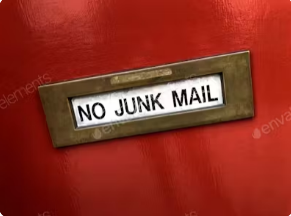However, it’s important to note that unsubscribing from spam or phishing emails is not recommended. Unsubscribing from such emails may actually confirm to the sender that your email address is active and valid, potentially leading to an increase in spam or phishing attempts. It’s best to mark these emails as spam or junk and avoid interacting with them.
Here are some best practices to consider when unsubscribing from marketing emails:
- Use the Official Unsubscribe Link: Legitimate marketing emails often include an “Unsubscribe” link at the bottom of the email. Clicking on this link is generally the safest way to unsubscribe from that particular mailing list.
- Be Cautious with Unknown Senders: Exercise caution when unsubscribing from emails sent by unfamiliar or suspicious senders. It’s safer to mark these emails as spam or junk without interacting with them.
- Monitor Your Inbox: After unsubscribing, monitor your inbox to see if the frequency of marketing emails decreases. If you continue to receive unwanted emails from the same sender after unsubscribing, you may need to utilize your email provider’s spam filtering options.
- Consider Using Unsubscribe Tools: There are various email management tools and services available that can help streamline the process of unsubscribing from multiple email lists and managing your subscriptions efficiently.
While unsubscribing from legitimate marketing emails can be beneficial in reducing email clutter, it’s essential to be cautious and avoid interacting with suspicious emails. Practicing good email hygiene, utilizing spam filters, and being vigilant against phishing attempts can also help in keeping your inbox organized and secure.
